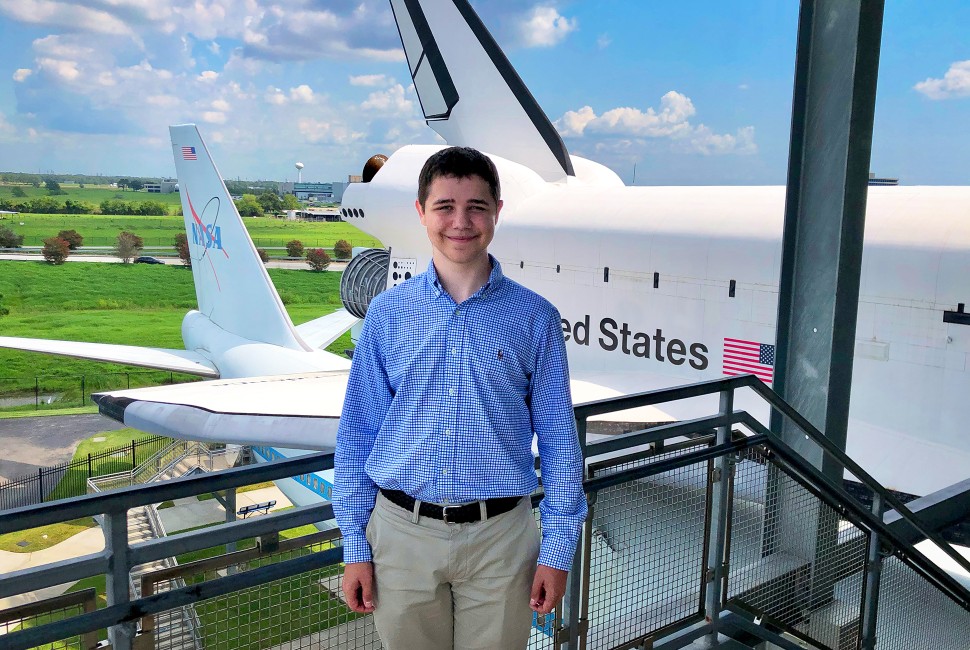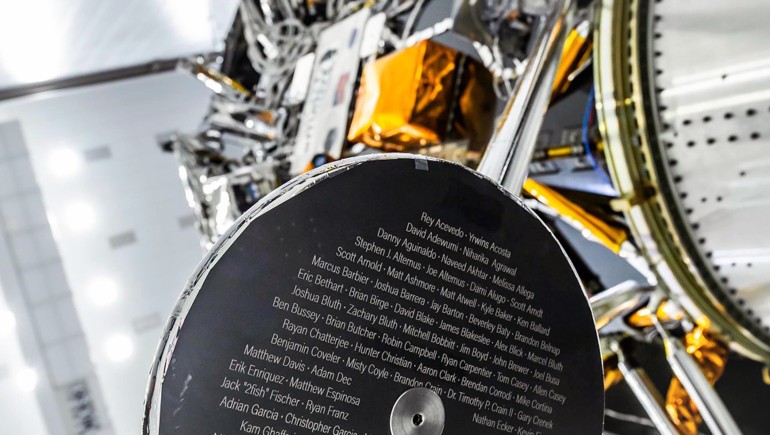Growing up in Houston, Northwestern student Benjamin Coveler frequently visited NASA’s Space Center Houston and Johnson Space Center. He wandered the exhibit halls and marveled at the space shuttle Independence perched atop the converted Boeing 747 used to transport it. He walked the length of the massive Saturn V rocket, awe-struck by how it seemed to stretch forever.
Now, the McCormick School of Engineering fourth-year student has made his own contribution to the legacy of American space missions.
Coveler, a mechanical engineering major, spent his last two summers working at Intuitive Machines, the space exploration, infrastructure and services company behind the United States’ first lunar landing in more than 50 years.
I’m on the moon forever.”
The company’s first lander, Odysseus, successfully made a soft landing on the south pole region of the moon on Feb. 22, making it the first commercially built spacecraft to make it to the moon.
As a software engineering intern for Intuitive Machines for two summers, Coveler worked with the flight software and guidance, navigation and control divisions to prepare Odysseus for the mission.
Each day, he spent his morning programming, working on integrating onboard navigation sensors into the lander’s overall software. After lunch, he visited the vehicle assembly laboratory, which houses temperature- and dust-controlled rooms necessary for hands-on work with the delicate sensors. There, he could test the code he’d written.
That was also where he saw Odysseus for the first time.
“Nothing quite sets the atmosphere like putting on the full garb, feeling like [you’re] an actual clean room spacecraft maker,” Coveler said. “And then you walk in, and it's 14 feet tall. It looms over you. Then, you look a little bit closer, and you see all the little crimson ‘remove before flight’ tags and gold-plated propellant tanks. That's really when I knew this is what I want to be doing.”




